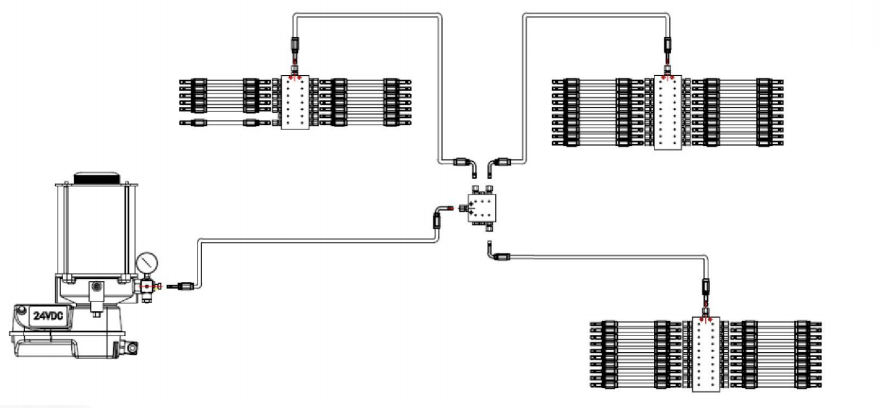Deciding how to lubricate equipment in a process plant is not an easy task. There is generally no accepted rule for how this can be accomplished. To develop a strategy for the relubrication of each lube point, you must consider several factors, such as the consequences of a bearing failure, the lubrication cycle, the ability to lubricate manually and the hazards of relubricating during a normal production run.
First, let’s talk about the automatic lubrication system. Automatic lubrication systems are designed to eliminate manual labor costs while allowing the machine to be lubricated during normal production. These systems can also minimize the risk of lubricant contamination, avoid potential hazards associated with manual lubrication and provide better control of the amount of lubricant dispensed. A variety of system configurations are available, including dual-line, single-line volumetric, single-line progressive and single-point systems.
Note that most systems only monitor the pressure in the main distribution lines or that the piston has moved in the dispenser. None of the traditional systems can indicate whether the lubrication pipe between the dispenser and the lube point is broken.

At same time,ensure that the amount of lubricant fed into the point is measured and compared with the set value, or that vibration measurements are collected on a regular basis and studied, with appropriate action taken when necessary.
Last but not least,do not overlook the training of your team members. Maintenance personnel must be familiar with all types of systems in use. Lubrication systems can fail and need repairing. Therefore, it is wise not to mix many different system types and brands. This could result in choosing a dual-line system for just a few points when a single-line progressive system would be less expensive.
Post time: Oct-16-2021
